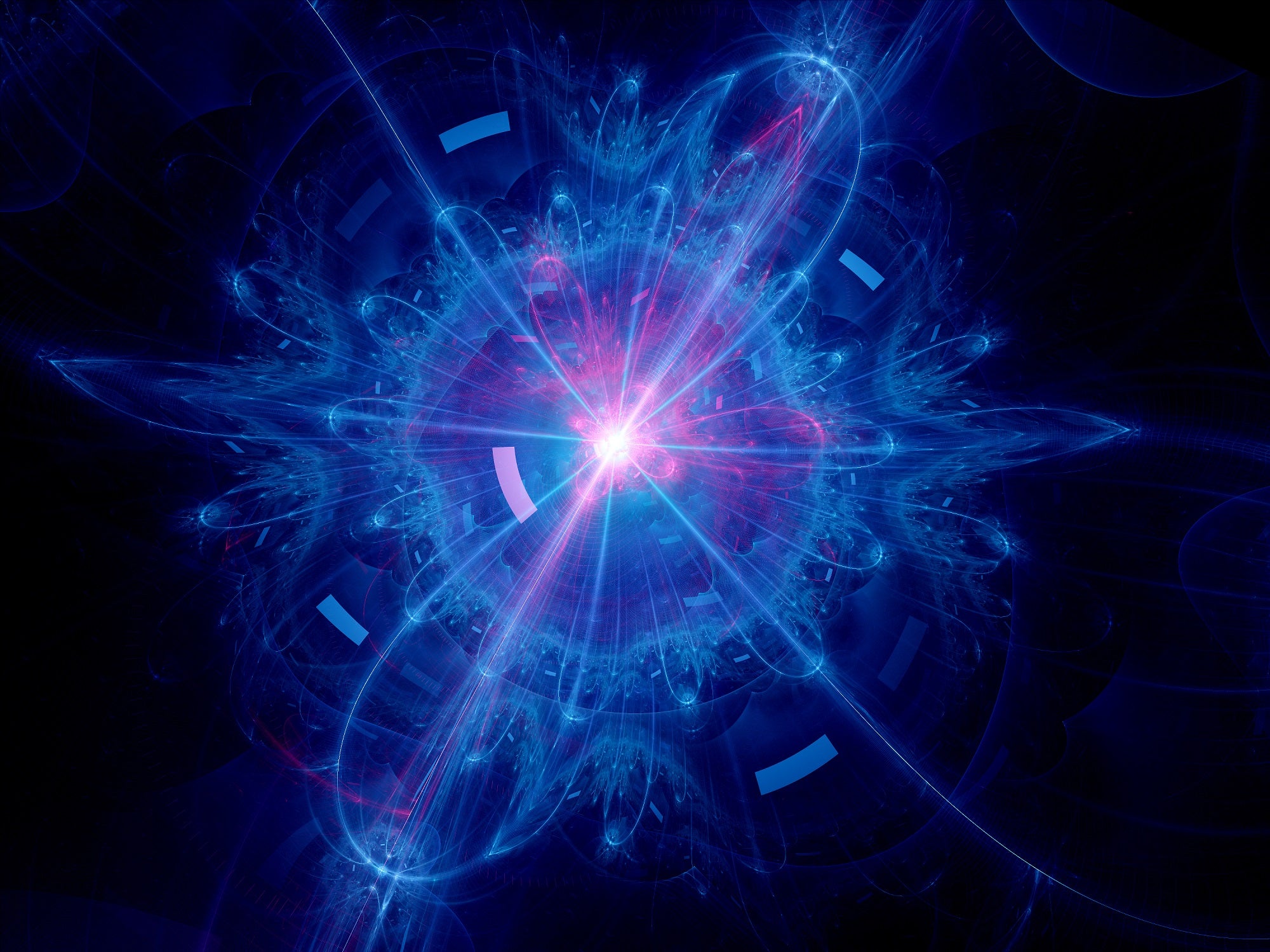
Proxima Fusion, a German startup, has raised €7m ($7.5m) in funding to develop a fusion energy machine that is expected to generate abundant, emissions-free power, reported the Financial Times.
Set up in January this year, Proxima Fusion aims to develop a device called a stellarator, which will generate electricity by fusing atoms.
Plural Platform is leading the investment alongside UVC Partners, a Munich and Berlin-based venture capital firm.
The funding is modest but noteworthy because Proxima is the first fusion firm to emerge from Germany’s esteemed Max Planck Institute for Plasma Physics.
The institute is where the most cutting-edge stellarator in existence is housed.
It was constructed by government-funded scientists over 27 years in Greifswald, East Germany.
How well do you really know your competitors?
Access the most comprehensive Company Profiles on the market, powered by GlobalData. Save hours of research. Gain competitive edge.

Thank you!
Your download email will arrive shortly
Not ready to buy yet? Download a free sample
We are confident about the unique quality of our Company Profiles. However, we want you to make the most beneficial decision for your business, so we offer a free sample that you can download by submitting the below form
By GlobalDataA stellarator is an alternative to the tokamak device, which was developed by Soviet scientists in the 1950s and is more widely recognised.
Both machines use enormous magnets to hold a floating hydrogen plasma mass in place while it is heated to extremely high temperatures, causing atomic nuclei to fuse and release energy.
Although the stellarator’s twisted shape is more difficult to design and construct than a conventional tokamak, it produces a more stable plasma that may allow researchers to sustain the fusion process for longer.
Plural Platform co-founder Ian Hogarth said: “A tokamak is kind of easy to design, hard to operate, whereas a stellarator is super hard to design but once you have designed it, it is way easier to operate.”
American physicist Lyman Spitzer developed the stellarator in 1951, but it was mainly abandoned after tokamak innovations in the 1960s seemed to offer a simpler path to fusion.
One of the few nations to continue stellarator research was Germany, which began developing the Wendelstein 7-X at the Max Planck Institute in 1996 for a total of €1.3bn ($1.4bn).
The Wendelstein 7-X was first switched on by then-chancellor Angela Merkel in 2016, and since then, it has made several significant scientific advances, the report said.
“They have basically done the impossible,” said Hogarth.
“With 1990s computing resources, they successfully designed a stellarator…and now it is setting records that basically are defining the whole field of magnetic confinement fusion.”







